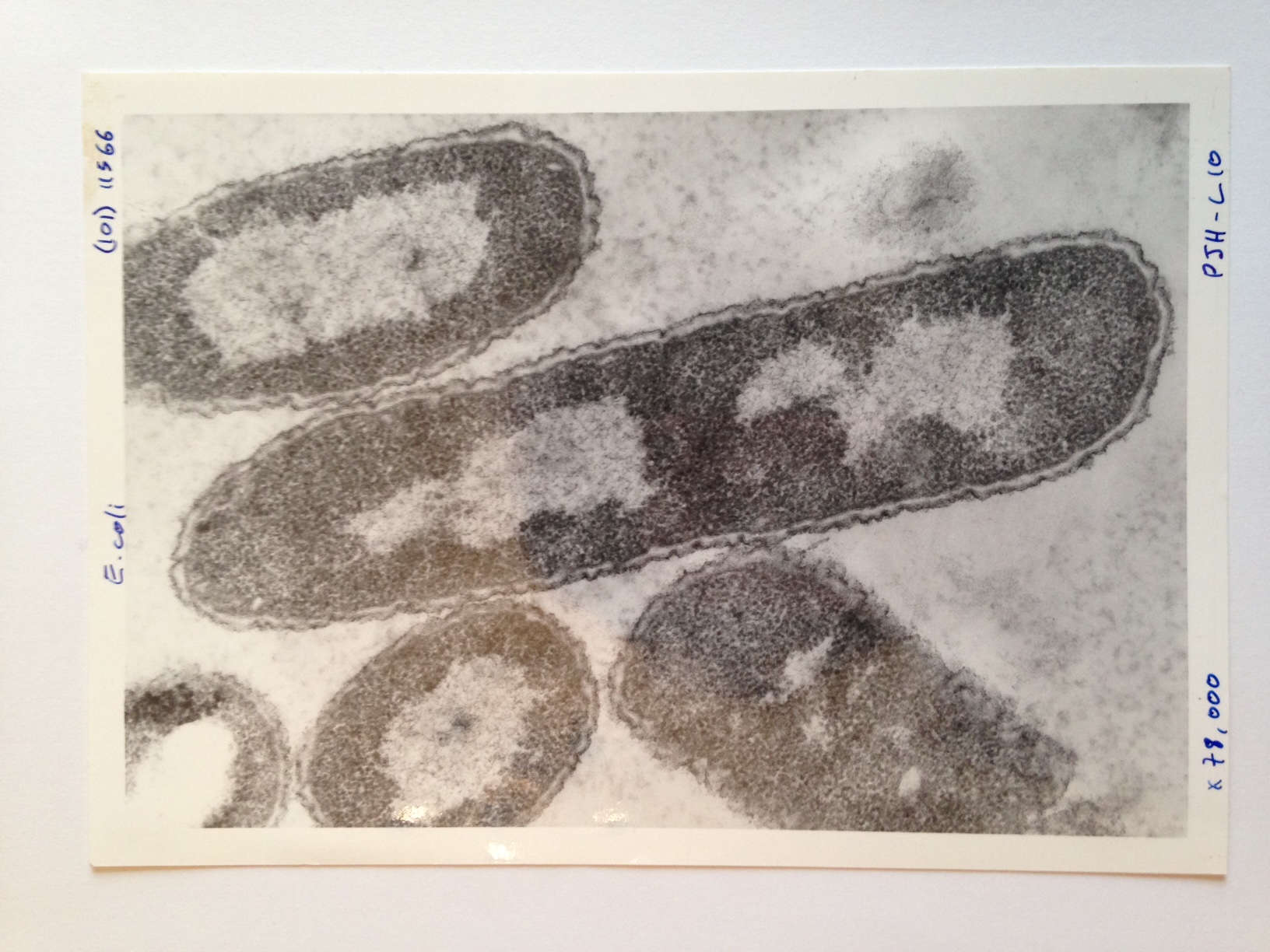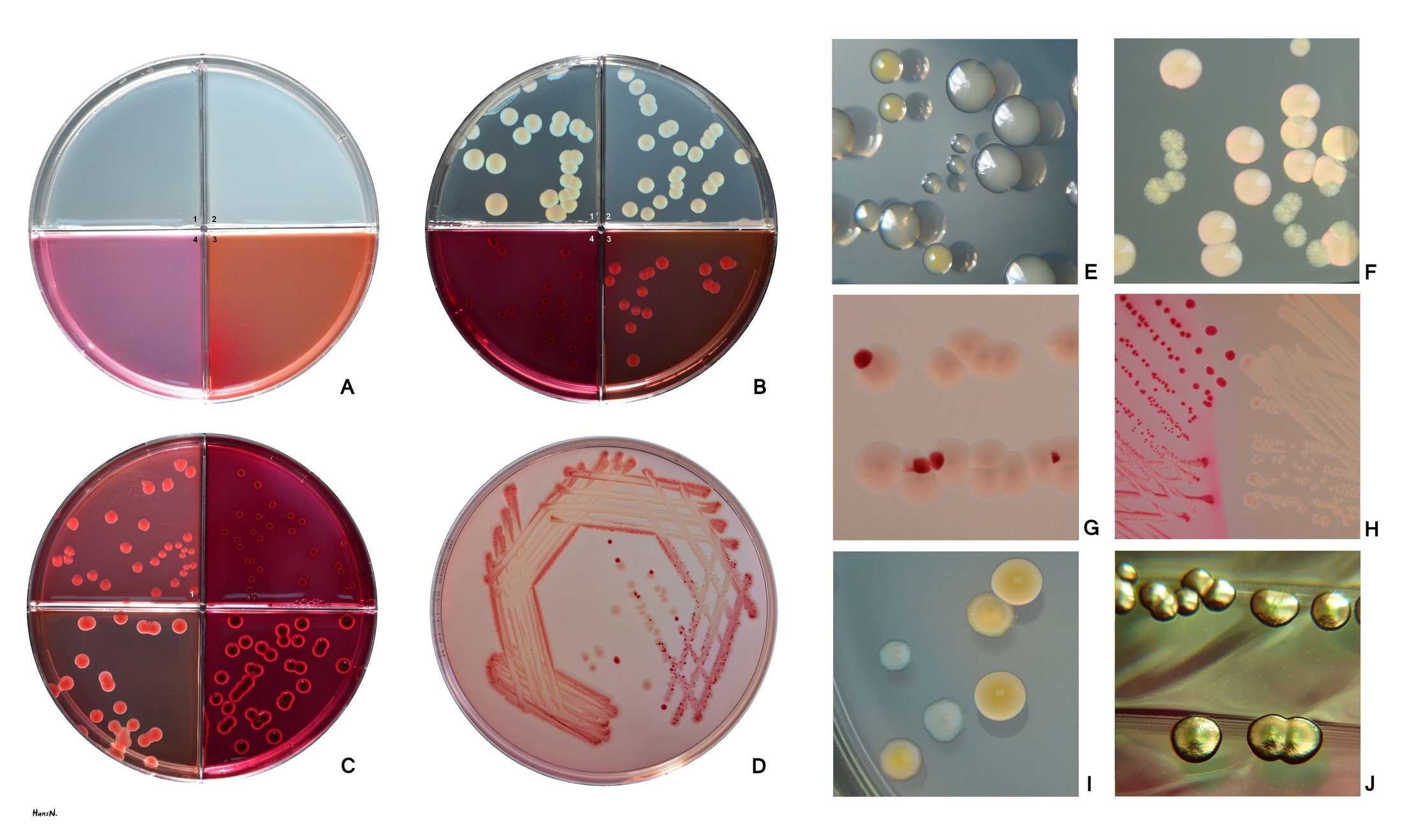Escherichia coli
Enlarge text Shrink textEscherichia coli ( ESH-ə-RIK-ee-ə KOH-lye) is a gram-negative, facultative anaerobic, rod-shaped, coliform bacterium of the genus Escherichia that is commonly found in the lower intestine of warm-blooded organisms. Most E. coli strains are part of the normal microbiota of the gut, where they constitute about 0.1%, along with other facultative anaerobes. These bacteria are mostly harmless or even beneficial to humans. For example, some strains of E. coli benefit their hosts by producing vitamin K2 or by preventing the colonization of the intestine by harmful pathogenic bacteria. These mutually beneficial relationships between E. coli and humans are a type of mutualistic biological relationship—where both the humans and the E. coli are benefitting each other. E. coli is expelled into the environment within fecal matter. The bacterium grows massively in fresh fecal matter under aerobic conditions for three days, but its numbers decline slowly afterwards. Some serotypes, such as EPEC and ETEC, are pathogenic, causing serious food poisoning in their hosts. Fecal–oral transmission is the major route through which pathogenic strains of the bacterium cause disease. This transmission method is occasionally responsible for food contamination incidents that prompt product recalls. Cells are able to survive outside the body for a limited amount of time, which makes them potential indicator organisms to test environmental samples for fecal contamination. A growing body of research, though, has examined environmentally persistent E. coli which can survive for many days and grow outside a host. The bacterium can be grown and cultured easily and inexpensively in a laboratory setting, and has been intensively investigated for over 60 years. E. coli is a chemoheterotroph whose chemically defined medium must include a source of carbon and energy. E. coli is the most widely studied prokaryotic model organism, and an important species in the fields of biotechnology and microbiology, where it has served as the host organism for the majority of work with recombinant DNA. Under favourable conditions, it takes as little as 20 minutes to reproduce.
Read more on Wikipedia >
 Topic
Topic


.jpg)





